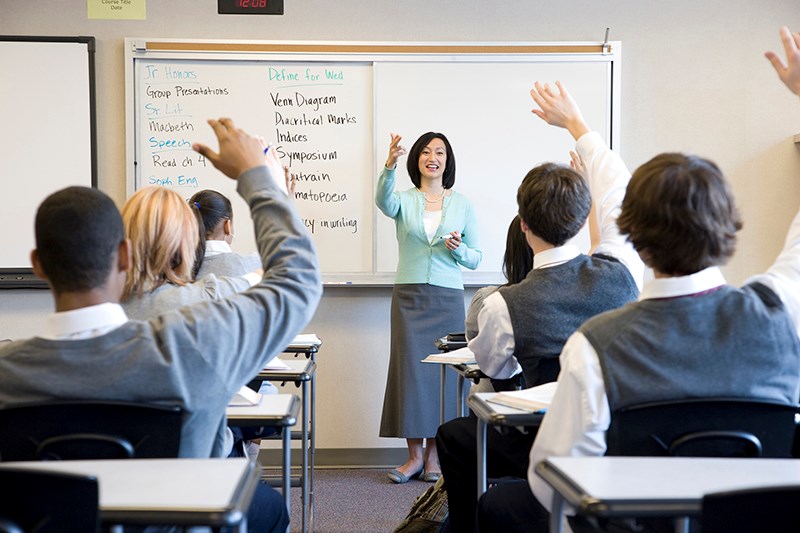School District 43 is implementing changes to some Grade 10 high school courses in September to prepare for the full rollout of revisions to high school curriculum in B.C. slated for the following year.
Current Grade 9 students will see the most changes when they head to school this fall because some courses have to be aligned with the new curriculum, said Paul McNaughton, SD43's director of instruction, and even some Grade 11 curriculum will be modified.
But McNaughton said students are expected to adapt well because the new curriculum is already being taught to Grade 9 students — "they are already immersed."
Still, he said the revisions represent a "monumental change" that not only have be incorporated into teaching practices but into school schedules as well.
To ease the transition, 2017/’18 will be a bridge year and SD43 is holding workshops for school teams to educate them on what they need to know (the next workshop takes place during curriculum day Jan. 30, when students won't be attending school).
When the new high school curriculum is fully implemented in 2018/’19, high school students will have similar curriculum goals as their younger counterparts, which means they may do a project based on their personal interests instead of copying notes from text books and lectures.
For example, they might build a rocket or study the physics of throwing a baseball to demonstrate what they know about forces in their science curriculum.
McNaughton said the revised curriculum will emphasize what students can "do" over what they "know," with kids also being expected to demonstrate mastery of core competencies — thinking and communication plus personal and social awareness.
As well some courses will offer more variety to allow teachers to spend more time delving deeper.
For example, In Grade 11 and 12, the standard English and Social Studies courses will be broken down into several course themes and students will choose areas of concentration, depending on their interests, such as composition, creative writing and spoken language; and instead of Social Studies 11, they'll be able to take their pick from more than a dozen socials subjects.
"It's creating more flexibility so kids can show what they do instead of simply giving back why they know," McNaughton said.
Provincial exams are being replaced by literacy and numeracy assessments, and Grade 12 students will do a "capstone" project to graduate.
In the meantime, schools and teachers will have to do their homework to get caught up on changes before the new curriculum is fully rolled out in the fall of 2018.
"It's not like turning on a light switch," McNaughton said of the complexity of implementing the revised curriculum, and some of the details, such as the new graduation program haven't been confirmed.
BRIDGE YEAR
Here's what's in the works for the bridge year, starting in September:
• English 10 — replaced: Students will choose a combination of two of the following: Composition 10, Creative Writing 10, Focused Literacy Studies 10, New Media 10 and Spoken Language 10.
• English 12 — exam next year only. In 2018/’19, the exam will be replaced by literacy and numeracy assessments, which are both necessary for graduation (details yet to be released).
• Social Studies 11 — interim change: Will follow the new Socials10 curriculum next year, except in schools where the revised Socials 10 curriculum was taught this year.
• Math 10 and Science 10, curriculum revised.
• PE changed to Physical and Health Education.
•Communications 11 and 12 to be phased out but will be offered next year.
• Planning 10 — replaced: Students will take Career Education 10, including a preview of the capstone project they'll be required to do in Grade 12 to graduate.
• New: Schools will be required to provide applied design, skills and technology, and fine and performing arts education to all Grade 9 students.
For more information on the curriculum changes, curriculum.gov.bc.ca/curriculum/10-12.



